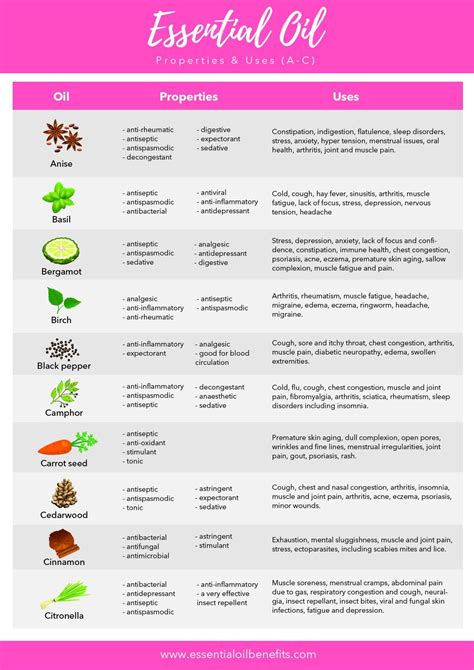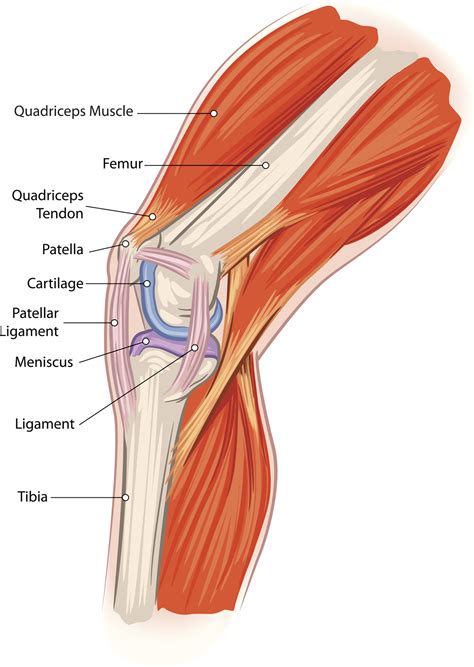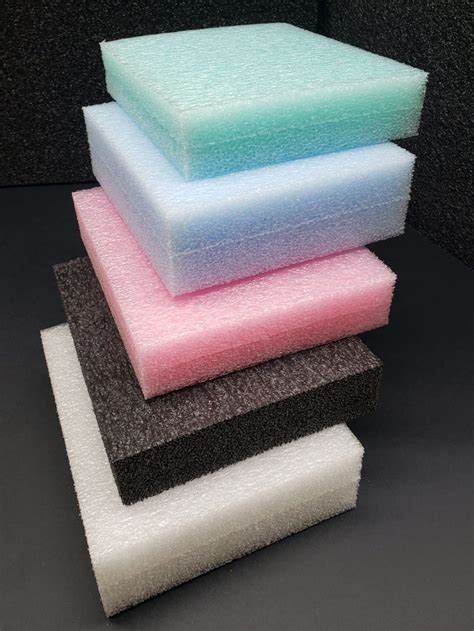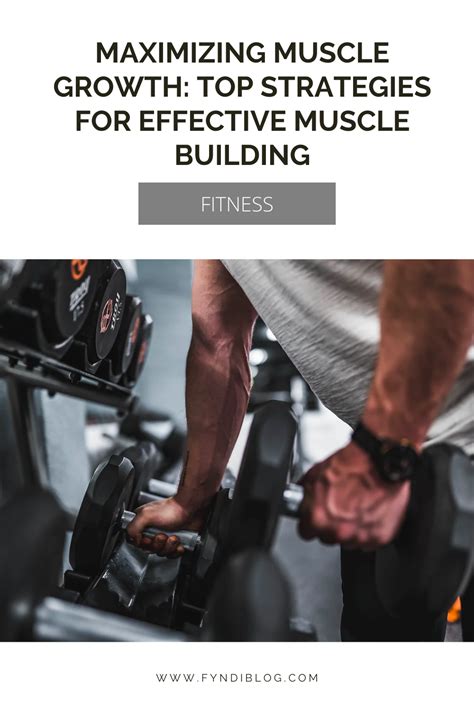Essential gear to prevent common training injuries effectively?

Staying Safe: The Crucial Role of Essential Training Gear
Staying consistent with your fitness routine is paramount for achieving your goals, but equally important is staying injury-free. Common training injuries can swiftly derail your progress, leading to frustrating downtime and potential long-term issues. Fortunately, strategic use of essential gear can significantly reduce your risk, allowing you to train harder, smarter, and more safely.
Proper Footwear: Your Foundation for Stability
Your feet are the foundation of almost every exercise, making proper footwear your first and most critical line of defense against injuries. Investing in the right shoes can prevent a myriad of issues, from ankle sprains and plantar fasciitis to knee and back pain.
Running and Training Shoes
Different activities demand different support. Running shoes are designed for forward motion, offering cushioning and support tailored for impact absorption. Cross-training shoes, on the other hand, provide lateral stability crucial for multi-directional movements, weightlifting, and agility drills. Ensure your shoes fit well, offer adequate arch support, and are replaced regularly, especially if you train frequently.

Support and Stability Gear: Bolstering Vulnerable Joints
While proper form is key, certain gear can provide extra support to joints that are frequently under stress during intense workouts.
Knee Sleeves and Wraps
For exercises involving significant knee flexion and extension, such as squats and lunges, knee sleeves or wraps offer compression, warmth, and proprioceptive feedback. Sleeves provide general support and warmth, which can aid blood flow and reduce stiffness, while wraps offer more adjustable, rigid support for heavier lifts, helping to protect against patellar tracking issues and general knee strain.
Wrist Wraps and Lifting Gloves
Heavy lifting or repetitive movements can put considerable strain on your wrists. Wrist wraps provide crucial support and stability, helping to prevent hyperextension and sprains. Lifting gloves, while not offering joint stability, can protect your hands from calluses and improve grip, indirectly preventing drops and related injuries.

Weightlifting Belts
When performing heavy compound lifts like deadlifts and squats, a weightlifting belt can be invaluable. It helps create intra-abdominal pressure, stabilizing your core and reducing stress on your lower back. However, a belt should complement, not replace, a strong core and proper lifting technique.
Enhancing Mobility and Recovery: Preventing Overuse Injuries
Injury prevention isn’t just about protection during exercise; it also encompasses preparation and recovery. Gear that promotes mobility and aids recovery plays a significant role in keeping you injury-free.
Foam Rollers and Massage Balls
Self-myofascial release tools like foam rollers and massage balls are excellent for improving flexibility, reducing muscle tightness, and alleviating post-workout soreness. Regular use can prevent muscle imbalances and trigger points that often lead to more serious injuries.

Resistance Bands
Resistance bands are incredibly versatile for warm-ups, activation exercises, and rehabilitation. They help improve joint stability, strengthen smaller stabilizing muscles, and increase range of motion without excessive load, making them ideal for pre-habilitation and recovery routines.
Beyond the Basics: Compression and Taping
For targeted support and enhanced recovery, consider incorporating compression gear and athletic tape into your regimen.
Compression Gear (Socks, Sleeves)
Compression socks and sleeves are designed to provide graduated pressure, which can enhance blood flow, reduce muscle vibration, and speed up recovery by flushing out metabolic waste. They can also offer mild support and warmth to specific muscle groups, helping to prevent strains and DOMS (Delayed Onset Muscle Soreness).

Athletic Tape
Athletic tape provides targeted support for specific joints or muscles that may be weak or recovering from a minor injury. It can help stabilize joints like ankles, wrists, or shoulders, limiting excessive movement and offering proprioceptive feedback, thus preventing further injury or reinjury during activity.
Invest in Your Safety, Invest in Your Progress
Preventing training injuries is a multi-faceted approach that combines proper form, adequate rest, smart programming, and the strategic use of essential gear. By investing in the right equipment for your specific activities, you’re not just buying products; you’re investing in your long-term health, consistency, and ability to achieve your fitness aspirations without unnecessary setbacks. Listen to your body, choose your gear wisely, and train safely to enjoy a lasting and fulfilling fitness journey.








